

Lisbon
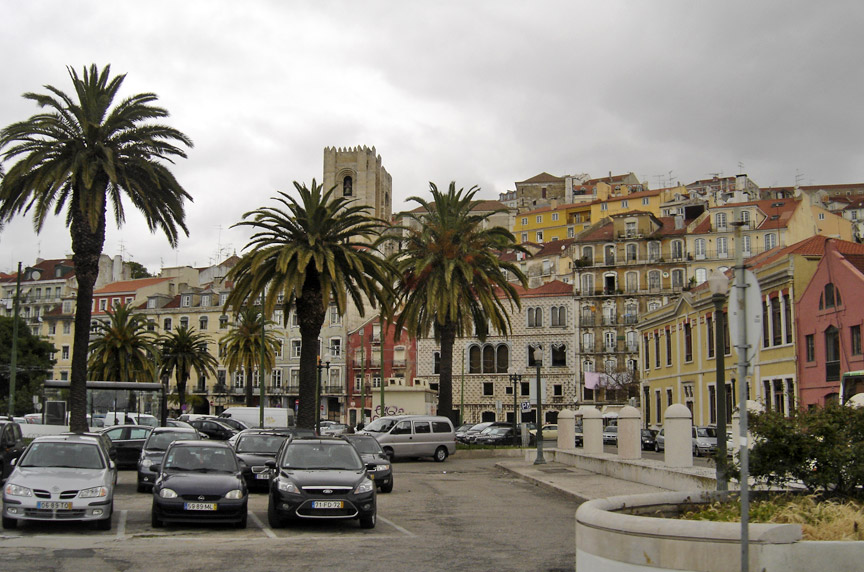
Lisbon
the cathedral and the Alfama
Lisbon (Portuguese: Lisboa) is the capital and largest city of Portugal. It is also the seat of the district of Lisbon and capital of the Lisbon region. Its municipality, which matches the city proper excluding the larger continuous conurbation, has a municipal population of 564,477 in 84.8 km² (33 sq mi), while the Lisbon Metropolitan Area in total has around 2.8 million inhabitants, and 3.34 million people live in the broader agglomeration of Lisbon Metropolitan Region (includes cities ranging from Leiria to Setúbal). Due to its economic output, standard of living, and market size, the Grande Lisboa (Greater Lisbon) subregion is considered the second most important financial and economic center of the Iberian Peninsula. The Lisbon region is the wealthiest region in Portugal and it is well above the European Union's GDP per capita average - it produces 45% of the Portuguese GDP. It is also the political center of the country, as seat of government and residence of the Head of State.

Lisbon was under Roman rule from 205 BC; Julius Caesar made it a municipium
called Felicitas Julia, adding to the name Olissipo. Ruled by a series of
Germanic tribes from the 5th century, it was captured by Moors in the 8th
century. In 1147, the Crusaders under Afonso Henriques reconquered the city for
the Christians and since then it has been a major political, economic and
cultural center of Portugal. Unlike most capital cities, Lisbon's status as the
capital of Portugal has never been granted or confirmed officially—by statute or
in written form. Its position as the capital has formed through constitutional
convention, making its position as de facto capital a part of the Constitution
of Portugal.
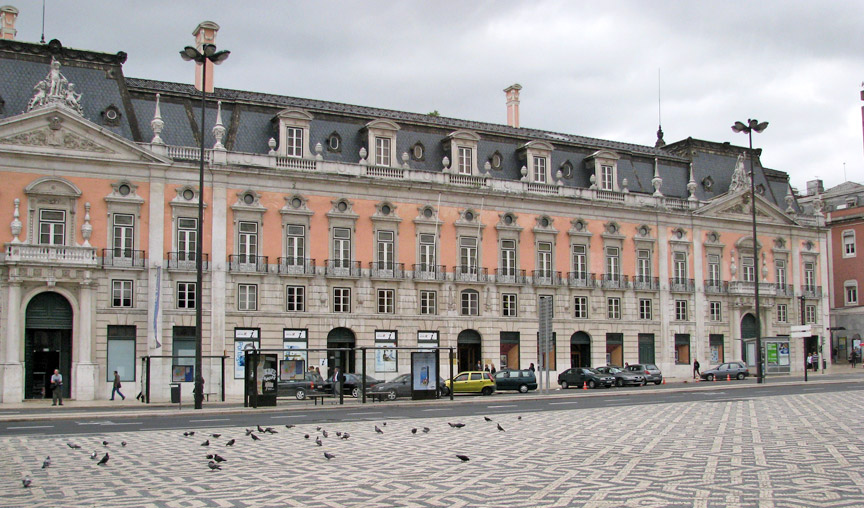
Lisbon hosts two agencies of the European Union, namely, the European Monitoring
Centre for Drugs and Drug Addiction (EMCDDA) and the European Maritime Safety
Agency (EMSA). The Community of Portuguese Language Countries (CPLP), is also
headquartered in Lisbon.
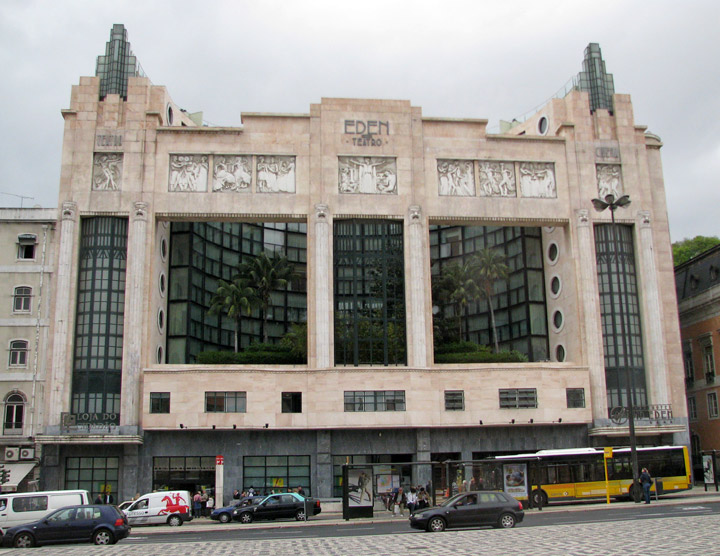
The present mayor of Lisbon is António Costa, elected by the Socialist Party.
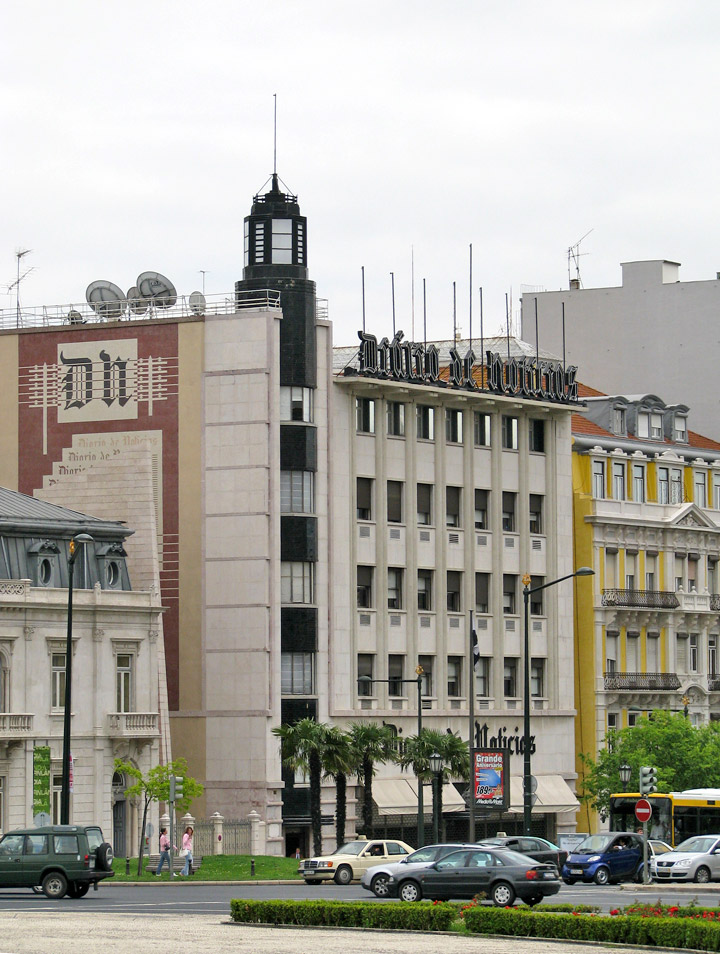
The municipal holiday is June 13, St. Anthony's Day.

Lisbon is situated at 38°42' north, 9°5' west, making it the westernmost capital in mainland Europe. It is located in the west of the country, on the Atlantic Ocean coast at the point where the river Tagus flows into the Atlantic Ocean.
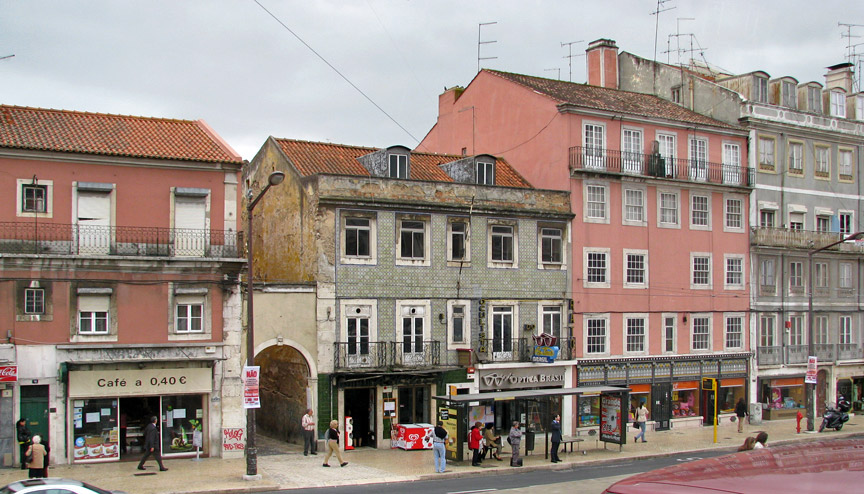
The city occupies an area of 84.8 km² (33 sq mi). The city boundaries, unlike
those of most major cities, are narrowly defined around the historical city
perimeter. This gave rise to the existence of several administratively defined
cities around Lisbon, such as Amadora, Queluz, Cacém, Odivelas, Loures, Sacavém,
Almada, Barreiro, Seixal and Oeiras, which are in fact part of the metropolitan
perimeter of Lisbon.
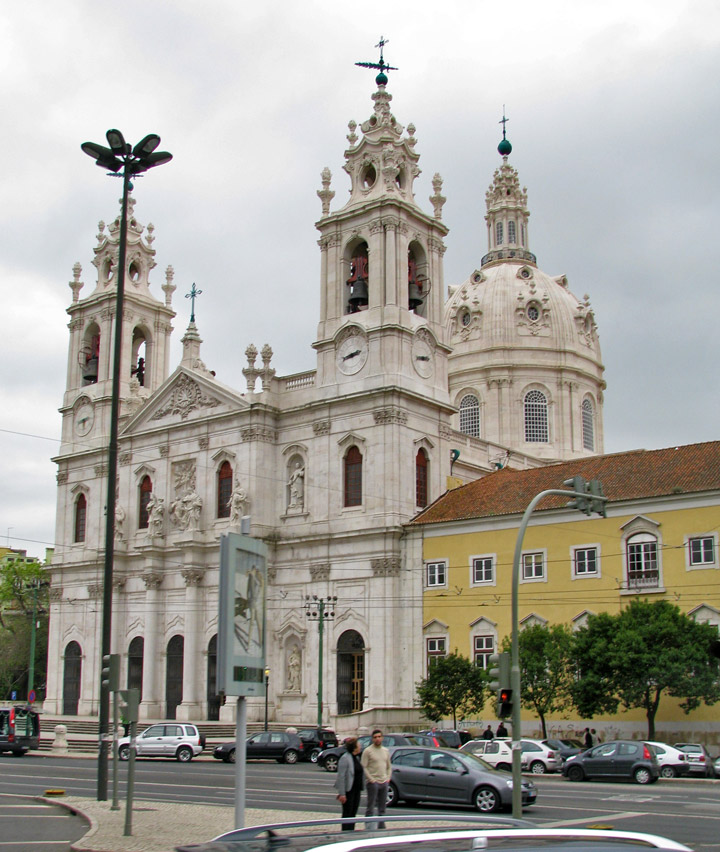
The western side of the city is mainly occupied by the Monsanto Forest Park, one
of the largest urban parks in Europe with an area close to 10 square kilometres
(almost 4 sq mi).
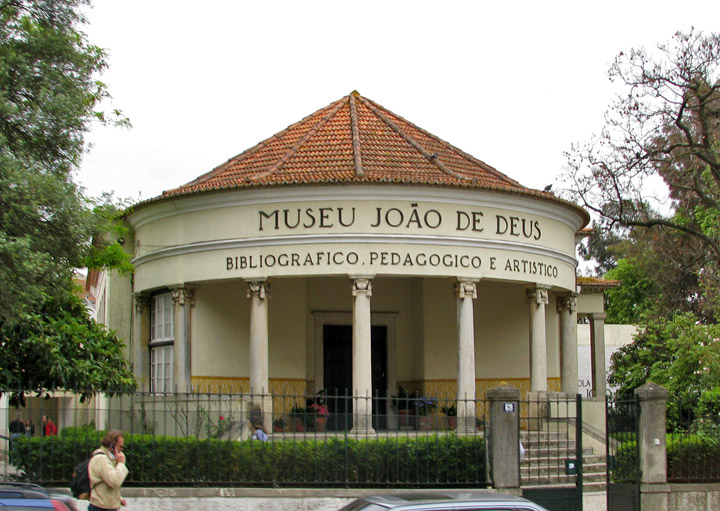
During the Neolithic the region was inhabited by Iberian-related peoples, who
also lived in other regions of Atlantic Europe at the time. They built religious
monuments called megaliths. Dolmens and menhirs still survive in the countryside
around the city.
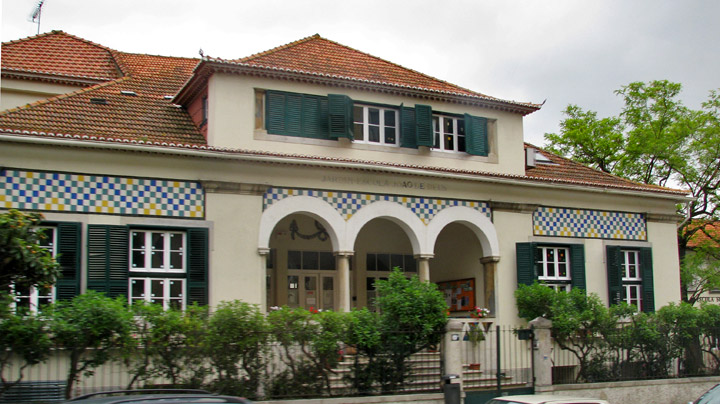
The Indo-European Celts invaded after the first millennium BC and intermarried
with the Pre-Indo-European population, giving a rise to Celtic-speaking local
tribes such as the Cempsi.
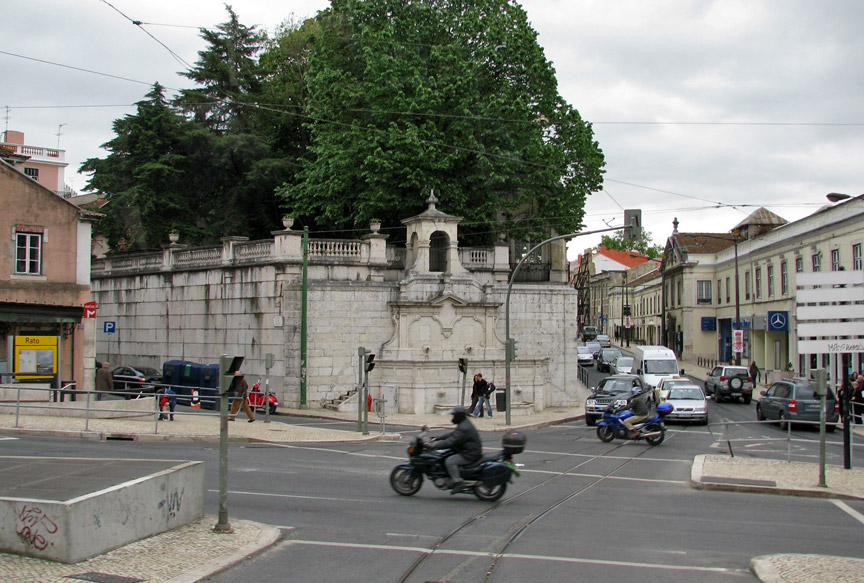
Archaeological findings suggest that some Phoenician influence existed in the
place since 1200 BC, leading some historians to the theory that a Phoenician
trading post might have occupied the centre of the present city, on the southern
slope of the Castle hill. The magnificent harbor provided by the estuary of the
river Tagus made it an ideal spot for a settlement to provide foodstuffs to
Phoenician ships traveling to the tin islands (modern Isles of Scilly) and
Cornwall.
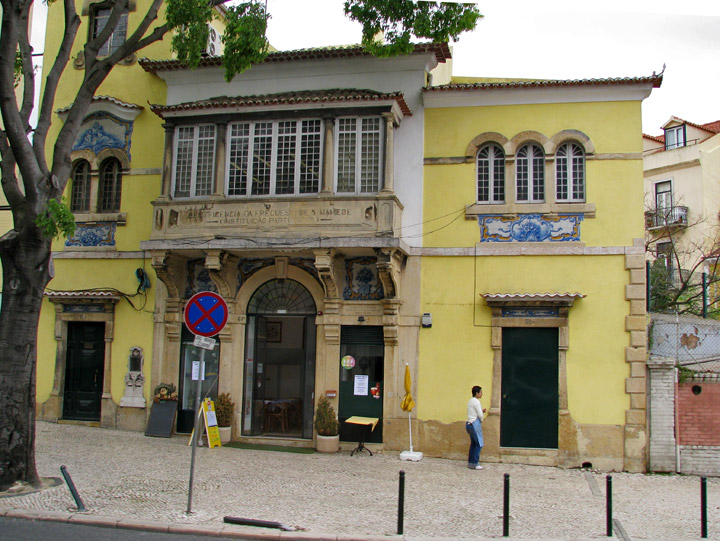
The new city might have been named Allis Ubbo or "safe harbor" in Phoenician,
according to one of several theories for the origin of its name[citation
needed]. Another theory is that it took its name from the pre-Roman name of the
River Tagus, Lisso or Lucio.
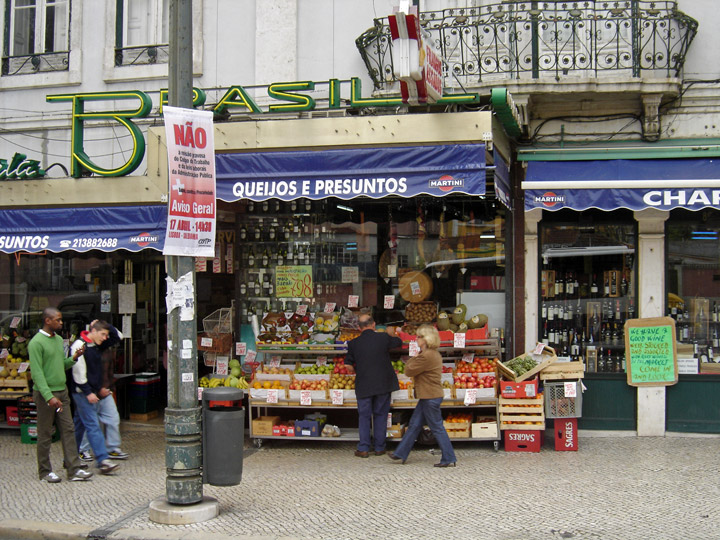
Besides sailing to the North, the Phoenicians might also have taken advantage of
a settlement at the mouth of Iberia's largest river to trade with the inland
tribes for valuable metals. Other important local products were salt, salted
fish, and the Lusitanian horses that were renowned in antiquity.
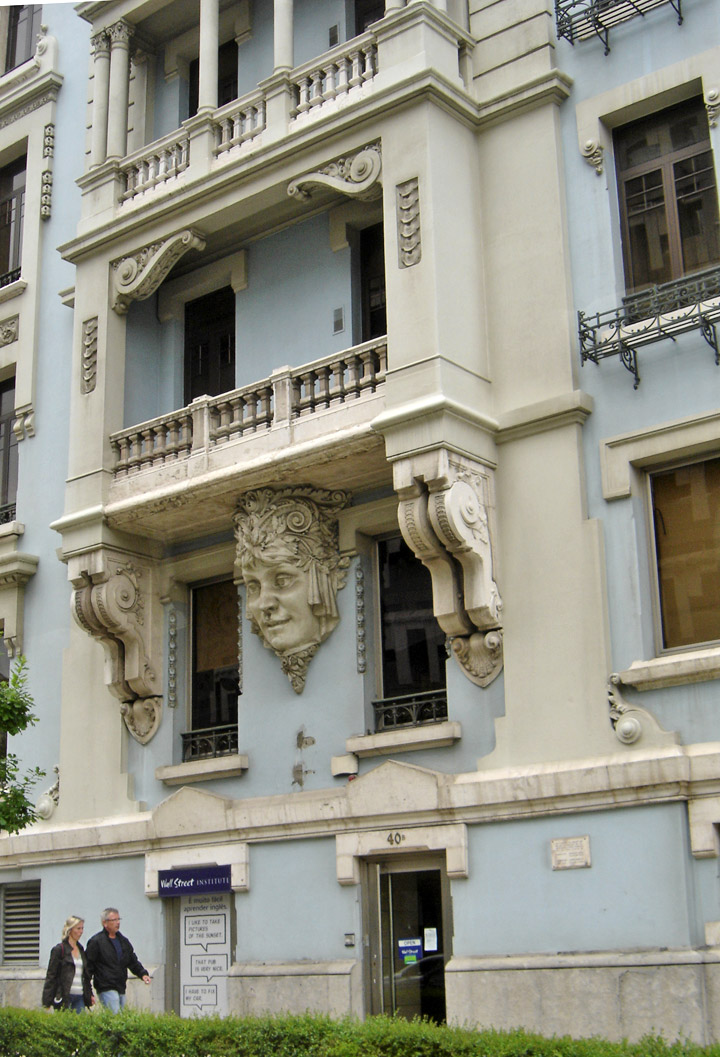
Recently, Phoenician remains from the eighth century BC were found beneath the
Mediaeval Sé de Lisboa (Lisbon See), or main Cathedral of the modern city. Most
modern historians, however, consider the idea of a Phoenician foundation of
Lisbon as unreal, and instead believe that Lisbon was an ancient autochthonous
settlement (what the Romans called an oppidum) that at most, maintained
commercial relations with the Phoenicians, to account for the presence of
Phoenician pottery and other material objects.

The Greeks knew Lisbon as Olissipo and "Olissipona", a name they thought was
derived from Ulysses, though this was a folk etymology. According to an Ancient
Greek myth, the hero founded the city after he left Troy, and departed to the
Atlantic to escape the Greek coalition.
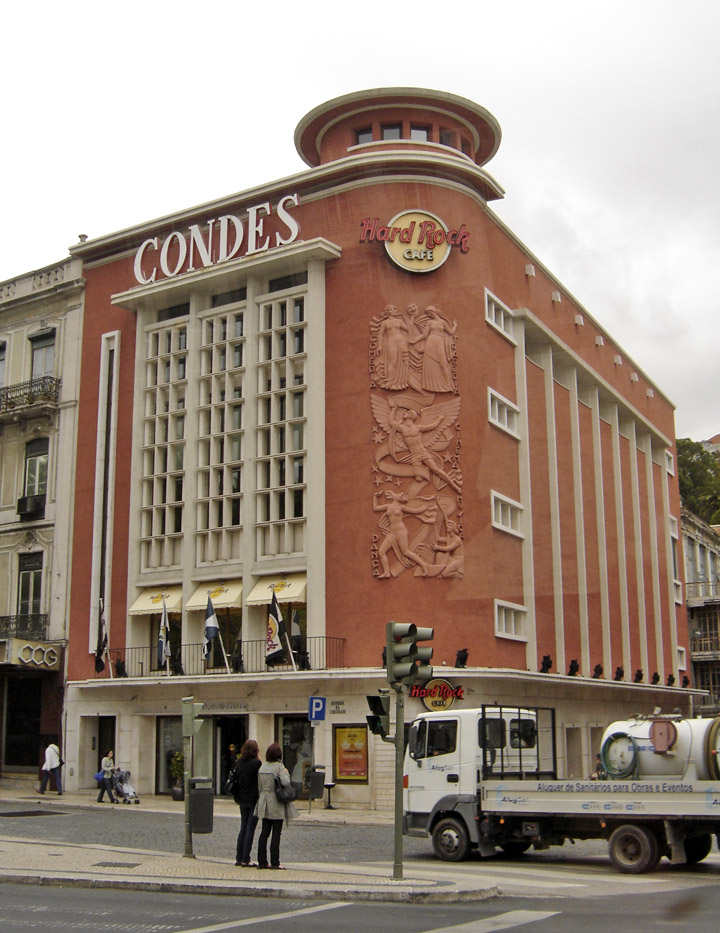
If all of Odysseus' travels were in the Atlantic as Cailleux argued, then this
could mean that Odysseus founded the city coming from the north, before trying
to round Cape Malea, (which Cailleux located at Cabo de São Vicente), in a
southeasterly direction, to reach his homeland of Ithaca, supposedly present
Cadiz. However, the presence of Phoenicians (even if occasional) is thought to
predate any Greek presence in the area.
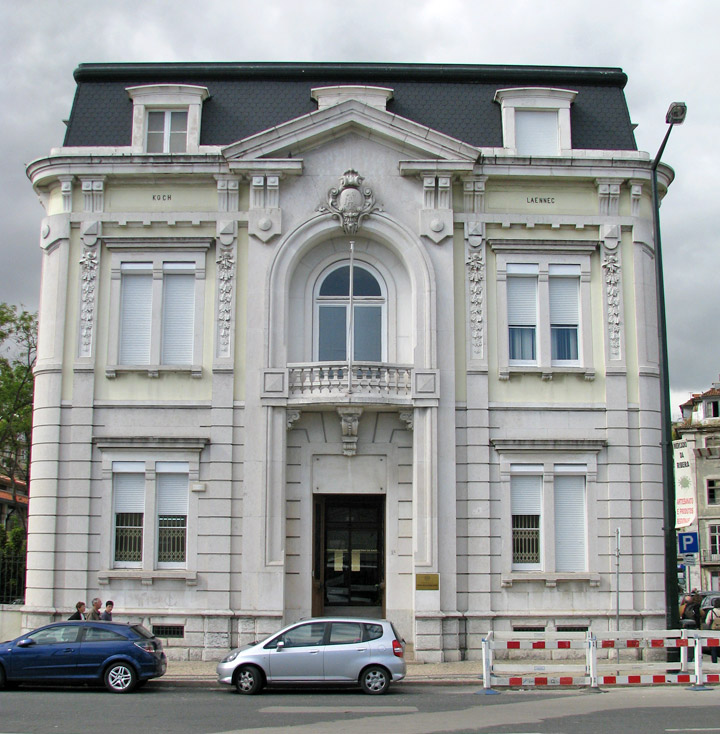
Later on, the Greek name was corrupted in vulgar Latin to Olissipona. Some of
the native gods worshiped in Lisbon were Aracus, Carneus, Bandiarbariaicus and
Coniumbricenses.

During the Punic wars, after the defeat of Hannibal (whose troops included
members of the Conii) the Romans decided to deprive Carthage in its most
valuable possession, Hispania (the name given by the Romans to the whole of the
Iberian Peninsula). After the defeat of the Carthaginians by Scipio Africanus in
Eastern Hispania, the pacification of the West was led by Consul Decimus Junius
Brutus Callaicus.
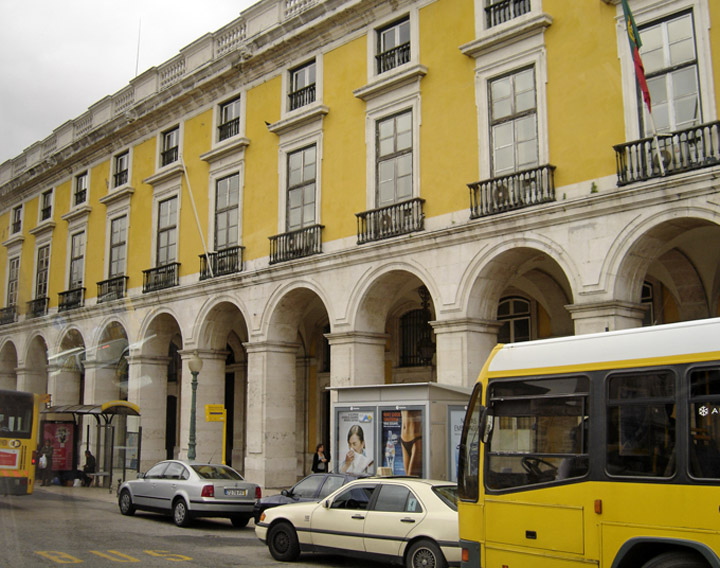
He obtained the alliance of Olissipo which sent men to fight alongside the
Legions against the Celtic tribes of the Northwest. In return, Olissipo was
integrated in the Empire under the name of Felicitas Julia, a Municipium Cives
Romanorum. It was granted self-rule over a territory going as far away as 50
kilometres (30 miles), exempted from taxes, and its citizens given the
privileges of Roman citizenship.
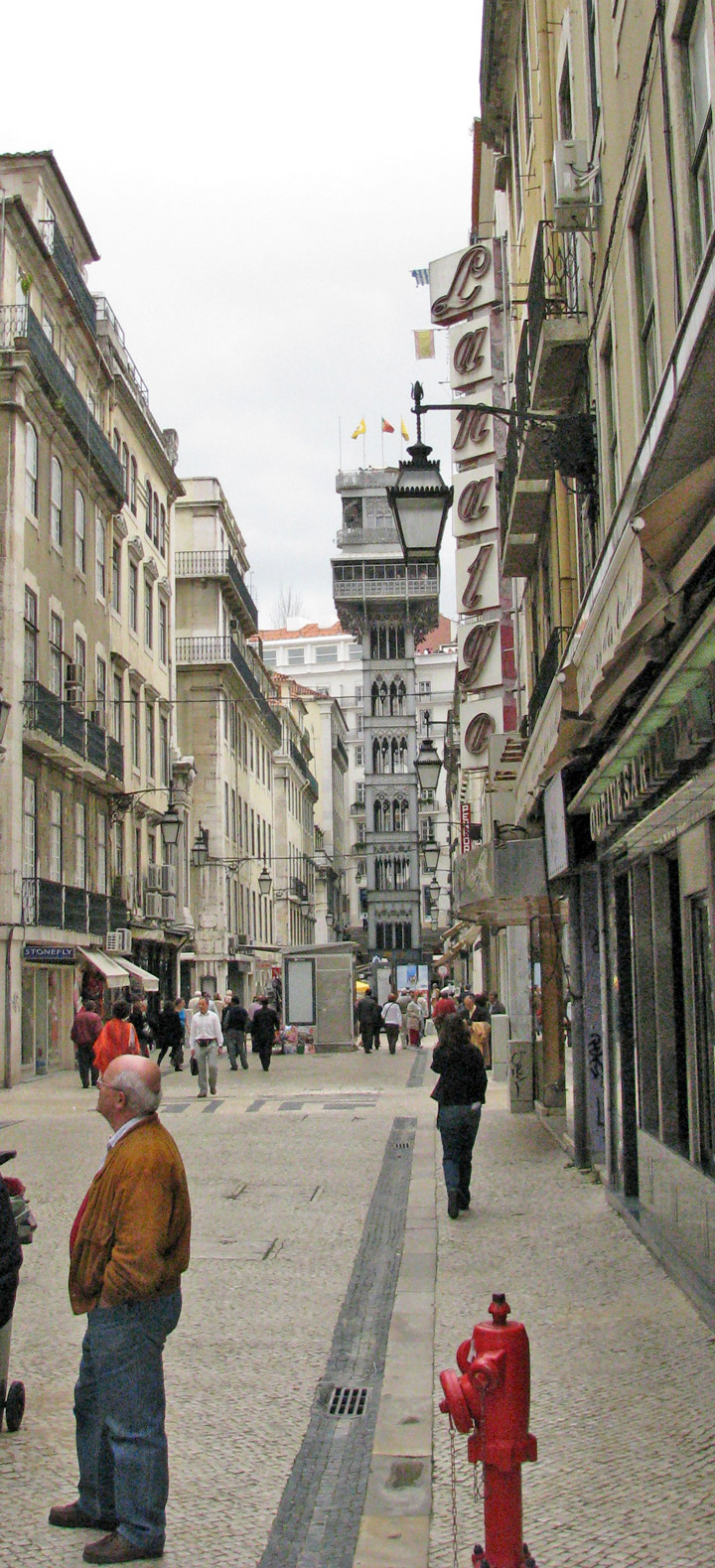
Santa Justa lift in the background
More Photos of the Santa Justa lift
It was in the newly created province of Lusitania, whose capital was Emerita Augusta. The attacks by the Lusitanians during the frequent rebellions over the next couple of centuries weakened the city, and a wall was built.

During the time of Augustus the Romans built a great Theatre; the Cassian Baths
underneath the current Rua da Prata; Temples to Jupiter, Diana, Cybele, Tethys
and Idae Phrygiae (an uncommon cult from Asia Minor), besides temples to the
Emperor; a large necropolis under Praça da Figueira; a large Forum and other
buildings such as insulae (multi-storied apartment buildings) in the area
between the modern Castle hill and Downtown.
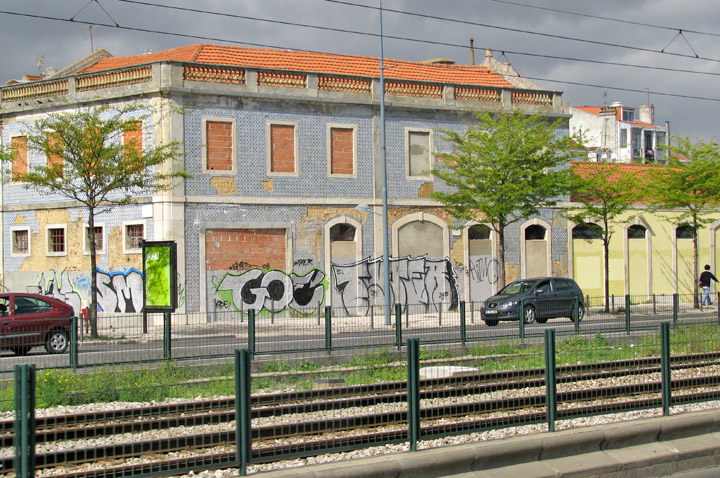
Many of these ruins were first unearthed during the middle Eighteenth century,
when the recent discovery of Pompeii made Roman Archeology fashionable among
Europe's upper classes.

Commerce Square
Economically, Olissipo was known for its garum, a sort of fish sauce highly prized by the elites of the Empire and exported in Amphorae to Rome and other cities. Wine, salt and its famously fast horses were also exported.
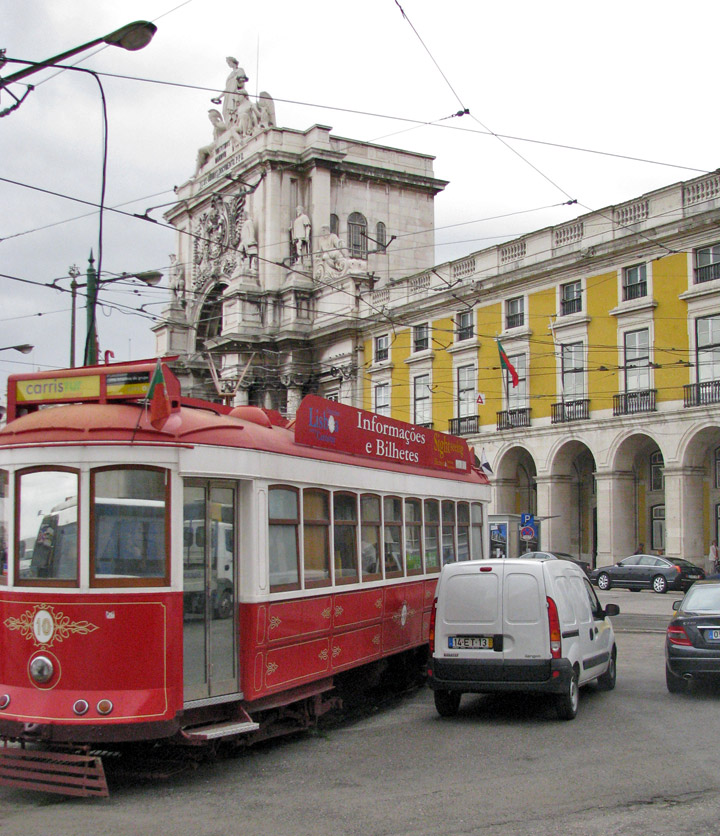
start the Red Tram tourist ride on Commerce Square
The city came to be very prosperous through suppression of piracy and technological advances, which allowed a boom in the trade with the newly Roman Provinces of Britannia (particularly Cornwall) and the Rhine, and through the introduction of Roman culture to the tribes living by the river Tagus in the interior of Hispania.
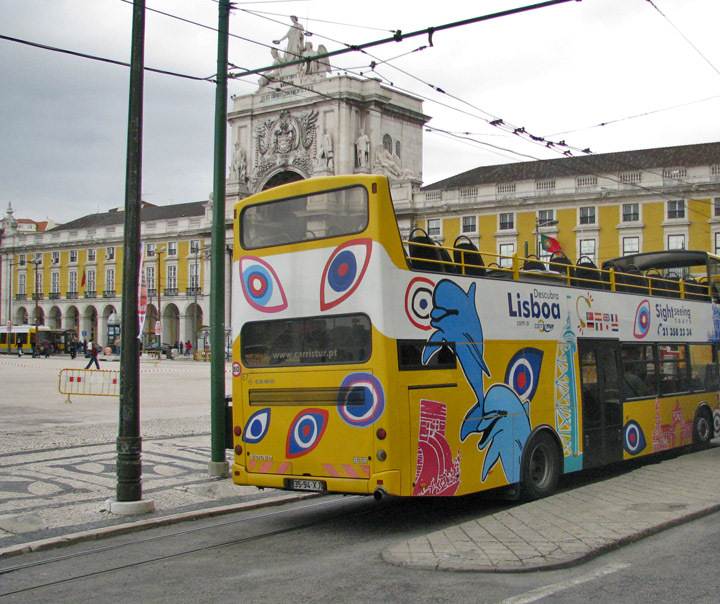
or tour with the open air bus
The city was ruled by an oligarchical council dominated by two families, the Julii and the Cassiae. Petitions are recorded addressed to the Governor of the province in Emerita and to the Empreror Tiberius, such as one requesting help dealing with "sea monsters" allegedly responsible for shipwrecks.
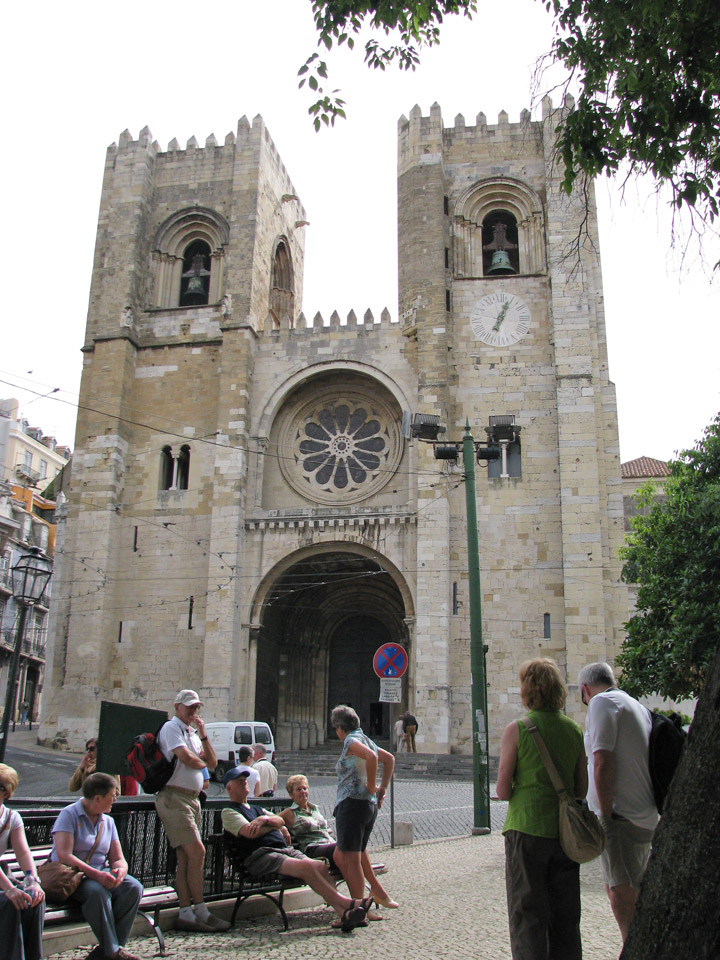
Lisbon Cathedral, built after 1147 over the remnants of the mosque of the Islamic period.
The Roman Sertorius led a large rebellion against the Dictator Sulla early in the Roman Period.
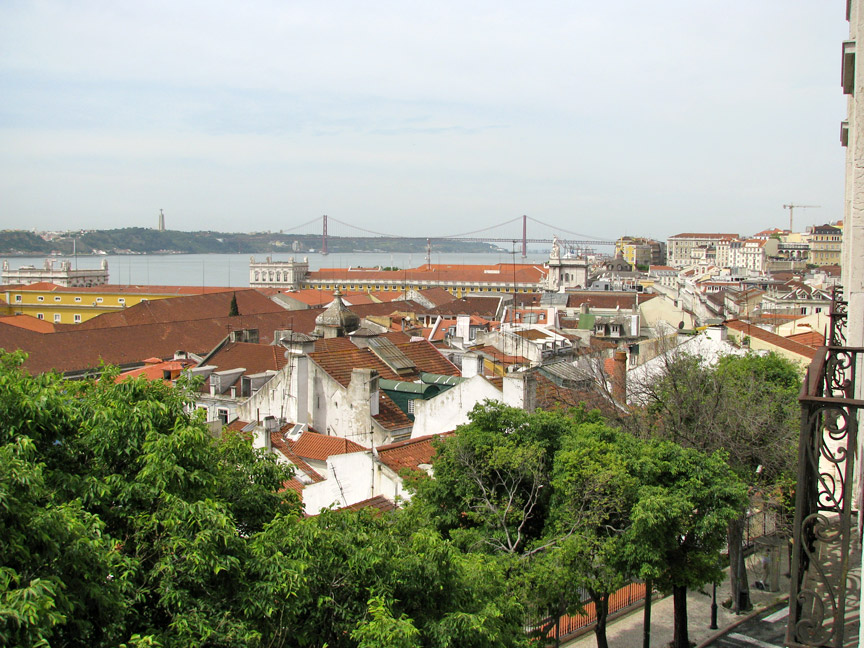
bridge on the Tagus river
Among the majority of Latin speakers lived a large minority of Greek traders and slaves.
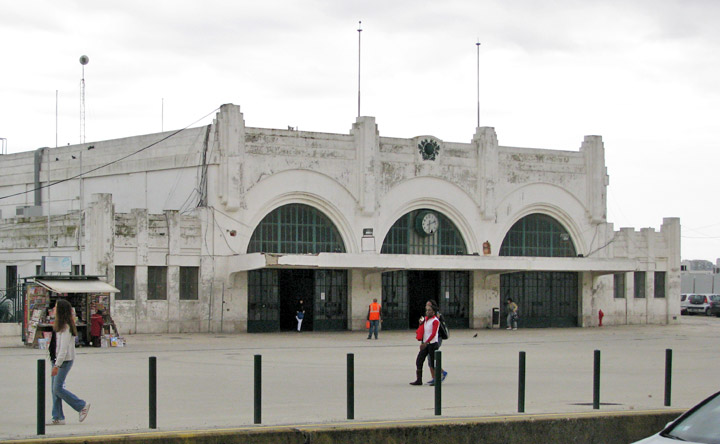
The city was connected by a broad road to Western Hispania's two other large
cities, Bracara Augusta in the province of Tarraconensis (today's Portuguese
Braga), and Emerita Augusta, the capital of Lusitania (now Mérida in Spain).
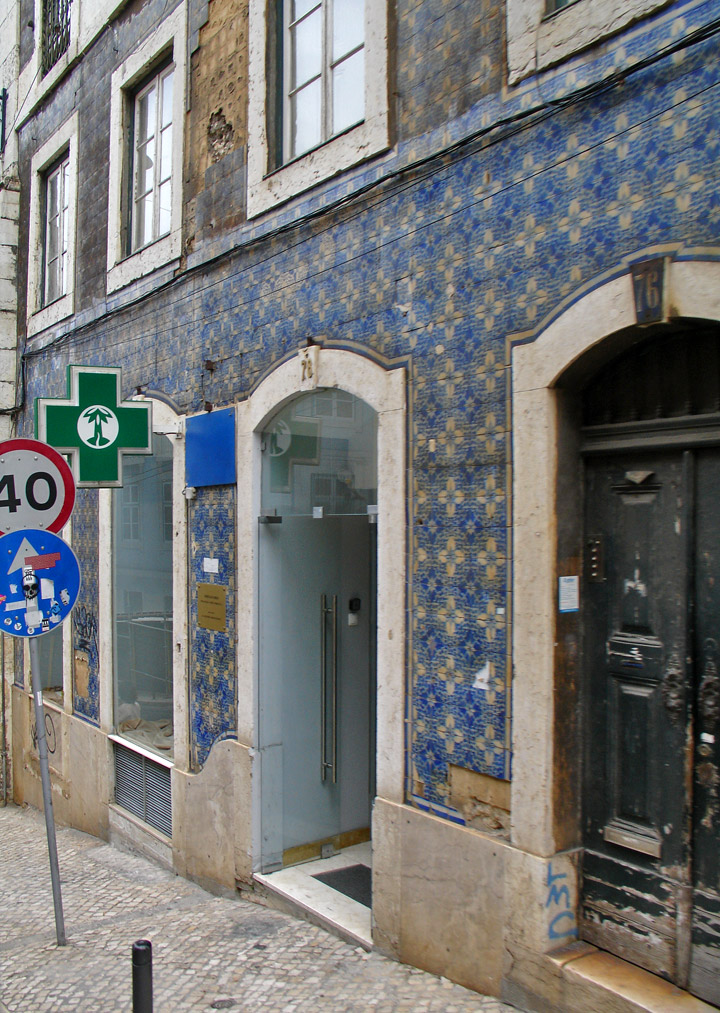
Olissipo, like most great cities in the Western Empire, was a centre for the
dissemination of Christianity. Its first attested Bishop was St. Potamius (c.
356), and there were several martyrs killed by the pagans during the great
persecutions; Maxima, Verissimus and Julia are the most significant names.
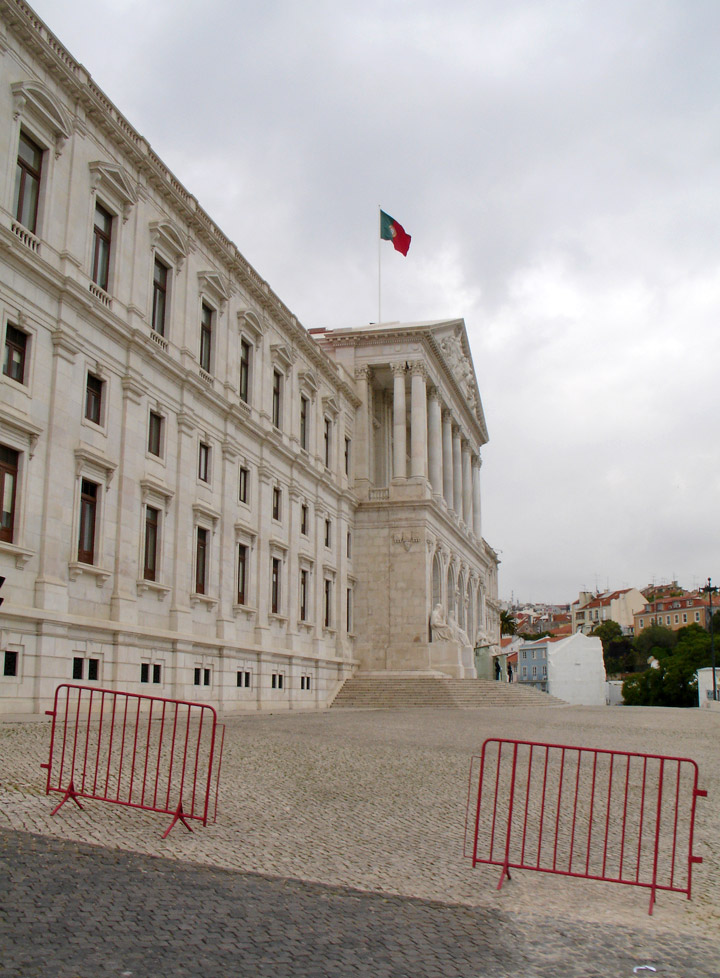
Parliament building
At the end of the Roman domain, Olissipo was one of the first Christian cities. It suffered invasions from the Sarmatian Alans and the Germanic Vandals, who controlled the region from 409 to 429. The Germanic Suebi, who established a kingdom in Gallaecia (modern Galicia and northern Portugal), with capital in Bracara Augusta (Braga), from 409 to 585, also controlled the region of Lisbon for long periods of time.
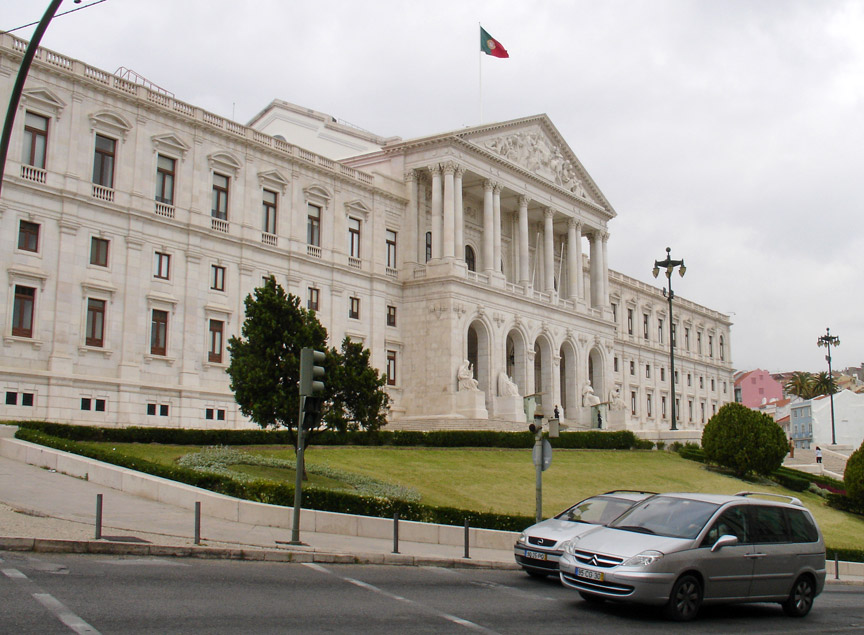
In 585 the Suebi kingdom was included in the Germanic Visigothic kingdom of
Toledo, that comprised all of the Iberian Peninsula. Lisbon was then called
Ulishbona.
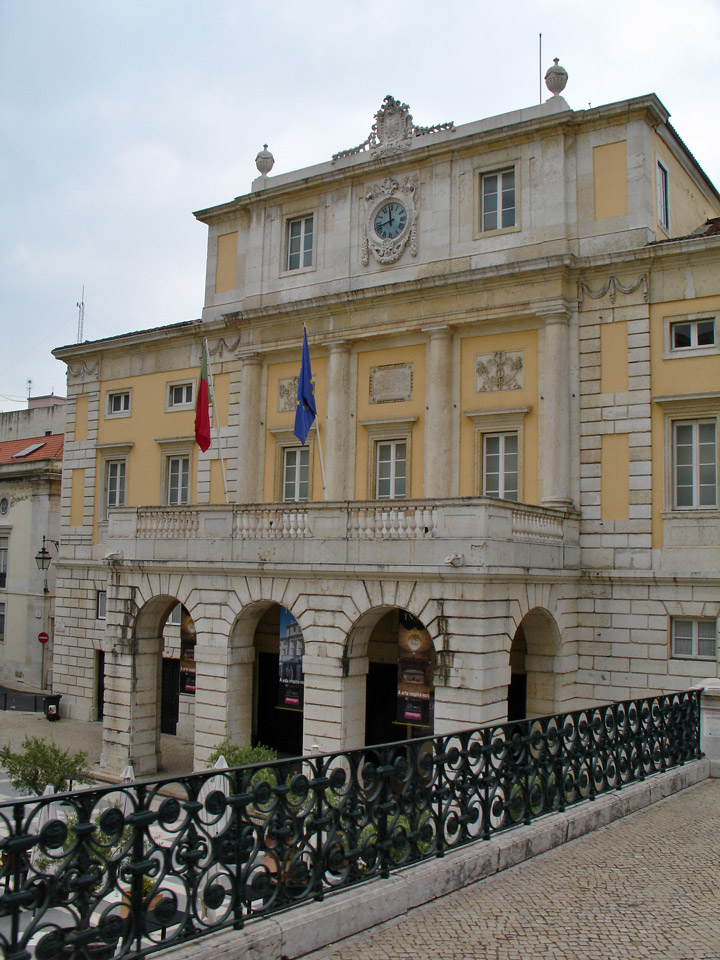
theater
In approximately 711 Lisbon was taken by the Moors (it was called al-Išbūnah in Arabic الأشبونة), under whose rule the city flourished. The Moors, who were Muslims from North Africa and the Middle East, built many mosques and houses as well as a new city wall, currently named the Cerca Moura. The city kept a diverse population including Christians, Berbers, Arabs, Jews and Saqalibas.
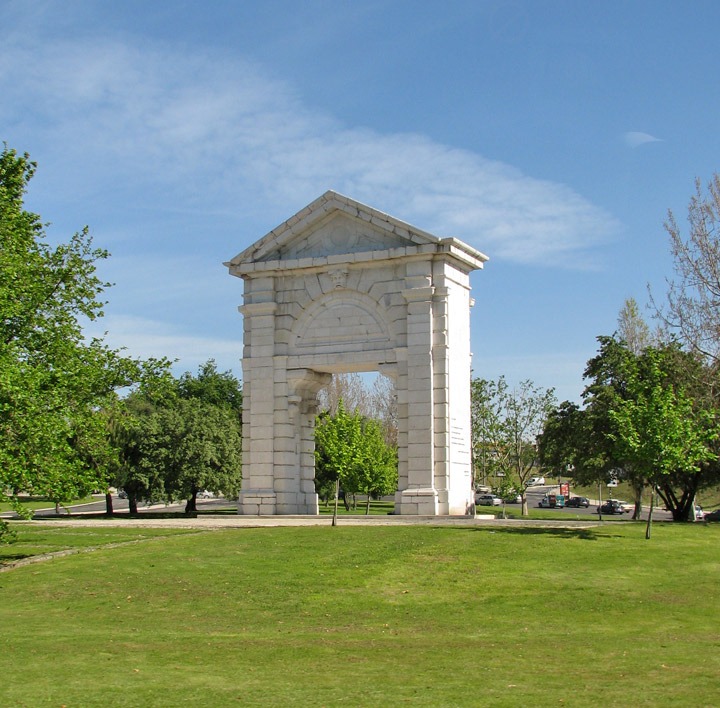
Edward VII Park
Arabic was forced on the Christians as the official language. Mozarabic was the mother language spoken by the Christian population. Islam was the official religion practiced by the Arabs and Muladi (muwallad), the Christians could keep their religion but under Dhimmi status and were required to pay the jizyah.

The Moorish influence is still present in Alfama, the old part of Lisbon that
survived the 1755 Lisbon earthquake. Many placenames are derived from Arabic;
the Alfama, the oldest existing district of Lisbon, for example, is derived from
the Arabic "al-hamma".

Belém Tower, built in the 1510s and a symbol of the Age of Discovery.
More Photos of the Belém Tower
For a brief time during the Taifa period Lisbon was the center town in the Regulo Eslavo of the Taifa of Badajoz and then as an independent Taifa ruled by Abd al-Aziz ibn Sabur and Abd al-Malik ibn Sabur sons of Sabur al-Jatib(Sabur the Slav), a Slav that had been at the service of al-Hakam II before rulling the Taifa of Badajoz.
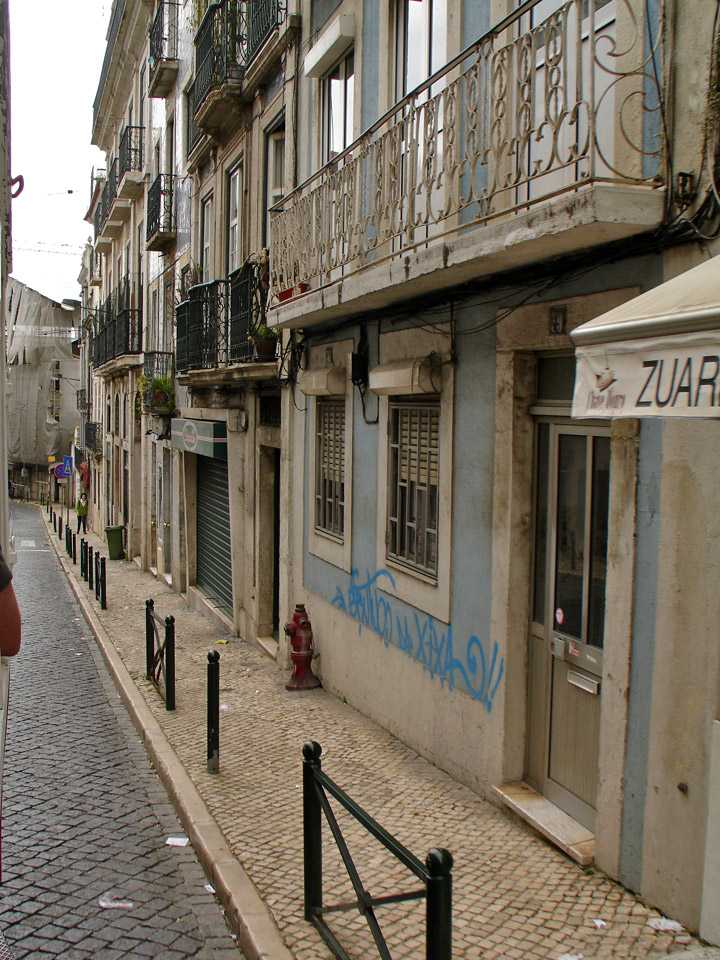
In 1147, as part of the Reconquista, crusader knights led by Afonso I of
Portugal, sieged and reconquered Lisbon. Lisbon was now back in Christian hands.
Its inhabitants were around one hundred fifty-four thousand.
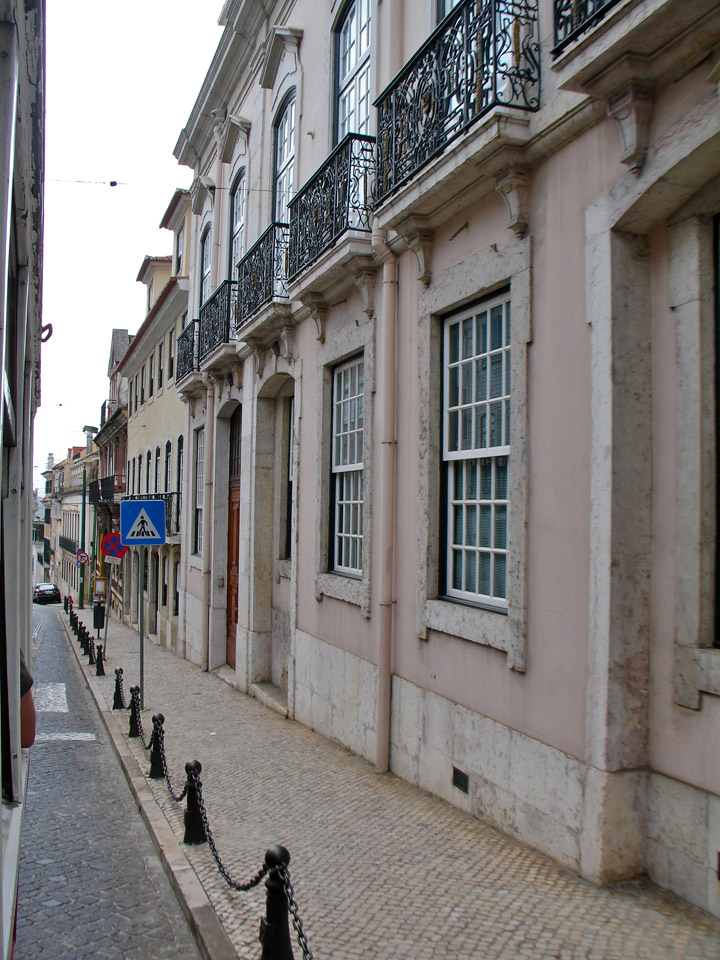
The reconquest of Portugal and re-establishment of Christianity is one of the
most significant events in Lisbon's history; although it is known through the
chronicle Expugnatione Lyxbonensi, attributed to Osburnus, that there was a
bishop in the town that was killed by the crusaders and that the population was
praying to the Virgin Mary when afflicted with plague, which indicates that the
Mozarab population followed the Mozarabic rite. Arabic lost its place in
everyday life. Any remaining Muslim population were gradually converted to Roman
Catholicism, or expelled, and the mosques were turned into churches. (Though in
Portuguese historiography this was often mentioned as "turning the mosques back
into churches", in fact many of the structures concerned were built as mosques
to begin with.)

It received its first Foral in 1179, and became the capital city of Portugal in
1255 due to its central location in the new Portuguese territory. The first
Portuguese university was founded in Lisbon in 1290 by Dinis I of Portugal as
Estudo Geral (General Study). The university was transferred several times to
Coimbra, where it was installed definitively in the 16th century (today's
University of Coimbra).
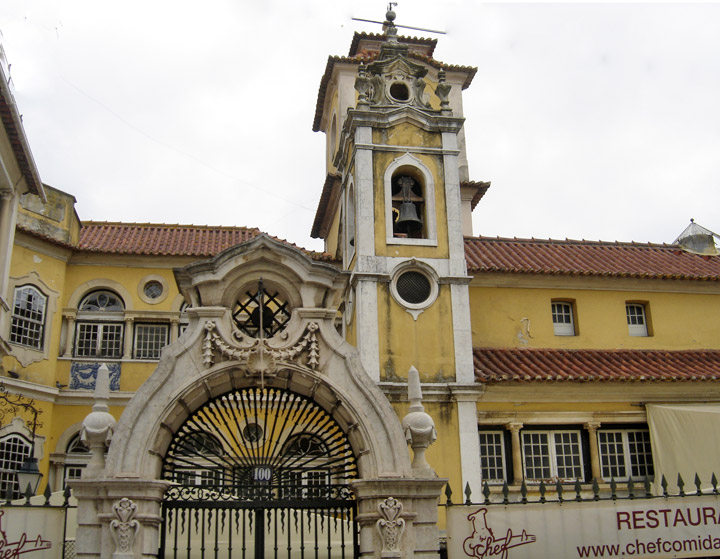
During the last centuries of the Middle Ages, the city expanded substantially
and became an important trading post with both northern Europe and Mediterranean
cities.
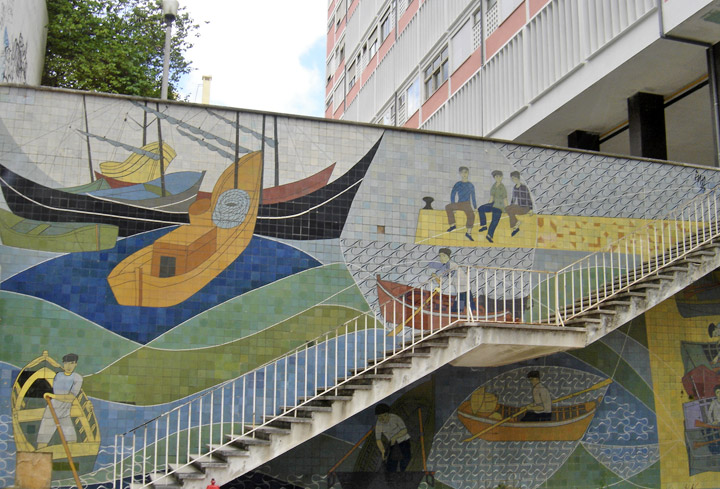
Most of the Portuguese expeditions of the age of discovery left from Lisbon
during the 15th to 17th centuries, including Vasco da Gama's departure to India
in 1497. The 16th century marks the golden age for Lisbon. The city became the
European hub of commerce with Africa, India, the Far East and, later, Brazil,
exploring riches like spices, slaves, sugar, textiles and other goods. This was
the time of the exuberant Manueline style, which has left its mark in two 16th
century Lisbon monuments, the Belém Tower and the Jerónimos Monastery, both of
which were declared World Heritage Sites by UNESCO.

Portugal lost its independence to Spain in 1580 after a succession crisis, and
the 1640 revolt that restored the Portuguese independence took place in Lisbon.
In the early 18th century, gold from Brazil allowed King John V to sponsor the
building of several Baroque churches and theatres in the city.
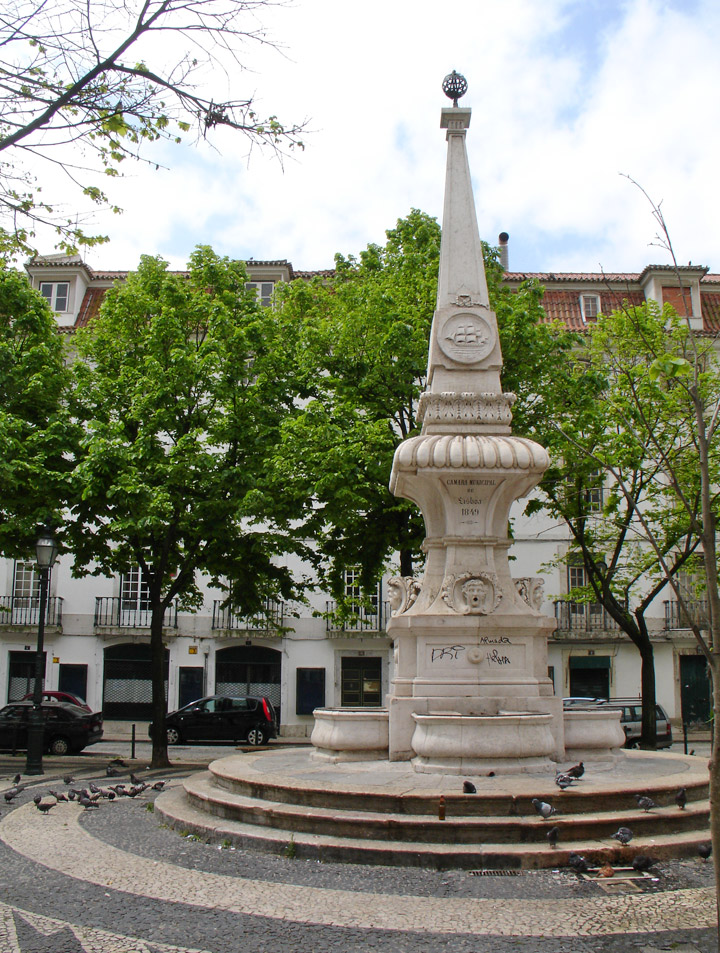
Prior to the 18th century, Lisbon had experienced several important earthquakes
- eight in the 14th century, five in the 16th century (including the 1531
earthquake that destroyed 1,500 houses, and the 1597 earthquake when three
streets vanished), and three in the 17th century. On 1 November 1755 the city
was destroyed by another earthquake, which killed between 60,000 and 90,000
people and destroyed eighty-five percent of the city. With an estimated
population of 275,000, Lisbon was, in 1755, one of the largest cities in Europe.
Among several important structures of the city, the Royal Ribeira Palace and the
Royal Hospital of All Saints were lost. The event shocked the whole of Europe.
Voltaire wrote a long poem, "Poême sur le désastre de Lisbonne", shortly after
the quake, and mentioned it in his 1759 novel Candide (indeed, many argue that
this critique of optimism was inspired by that earthquake). Oliver Wendell
Holmes, Sr. also mentions it in his 1857 poem, The Deacon's Masterpiece, or The
Wonderful One-Hoss Shay. In the town of Cascais, some 30 km west of Lisbon, the
waves wrecked several boats and when the water withdrew, large stretches of sea
bottom were left uncovered. In coastal areas such as Peniche, situated about 80
km north of Lisbon, many people were killed by the tsunami. In Setúbal, 30 km
south of Lisbon, the water reached the first floor of buildings. The destruction
was also great in the Algarve, southern Portugal, where the tsunami dismantled
some coastal fortresses and, in the lower levels, razed houses. In some places
the waves crested at more than 30 m.
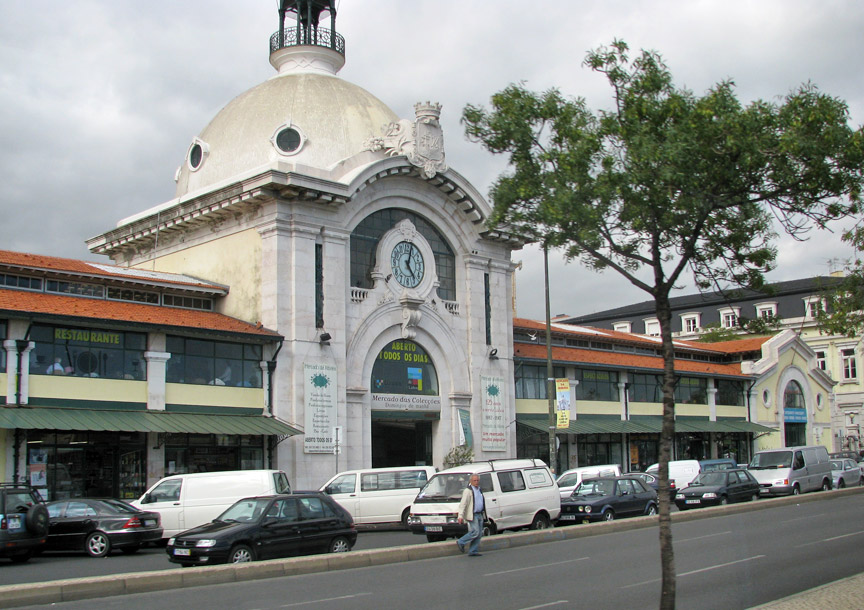
the market
Almost all the coastal towns and villages of Algarve were heavily damaged, except Faro, which was protected by sandy banks. In Lagos, the waves reached the top of the city walls. For many Portuguese coastal regions, the destructive effects of the tsunami were more disastrous than those of the earthquake proper. In southwestern Spain, the tsunami caused damage to Cadiz and Huelva, and the waves penetrated the Guadalquivir River, reaching Seville. In Gibraltar, the sea rose suddenly by about two meters. In Ceuta the tsunami was strong, but in the Mediterranean Sea, it decreased rapidly. On the other hand, it caused great damage and casualties to the western coast of Morocco, from Tangier, where the waves reached the walled fortifications of the town, to Agadir, where the waters passed over the walls, killing many.
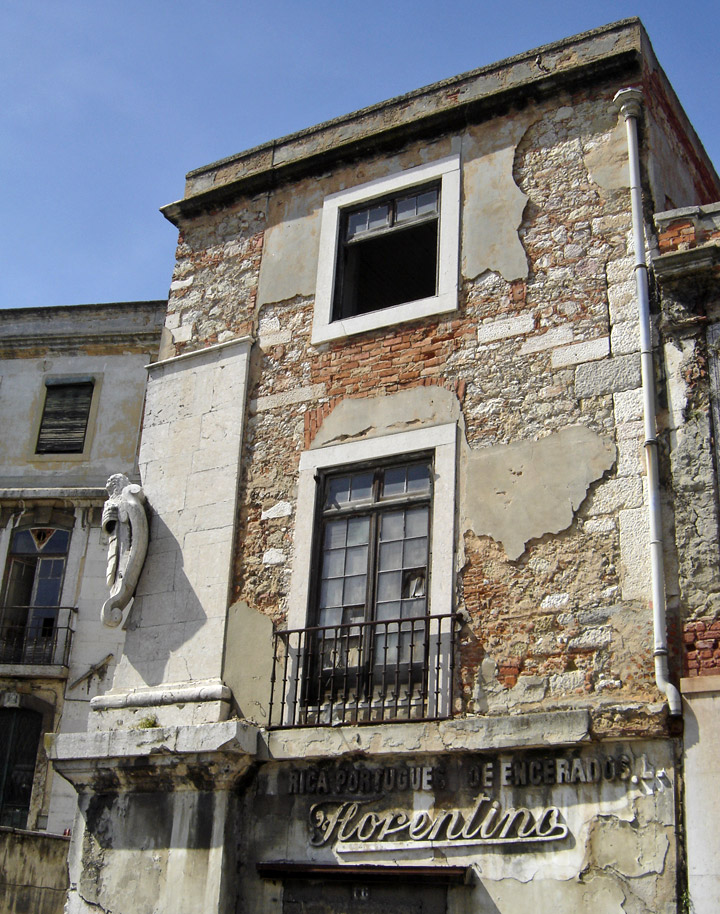
After the 1755 earthquake, the city was rebuilt largely according to the plans
of Sebastião José de Carvalho e Melo, the Marquis of Pombal; hence the
designation of the lower town as Baixa Pombalina (Pombaline Downtown). Instead
of rebuilding the medieval town, Pombal decided to demolish the remains of the
earthquake and rebuild the downtown in accordance with modern urban rules.
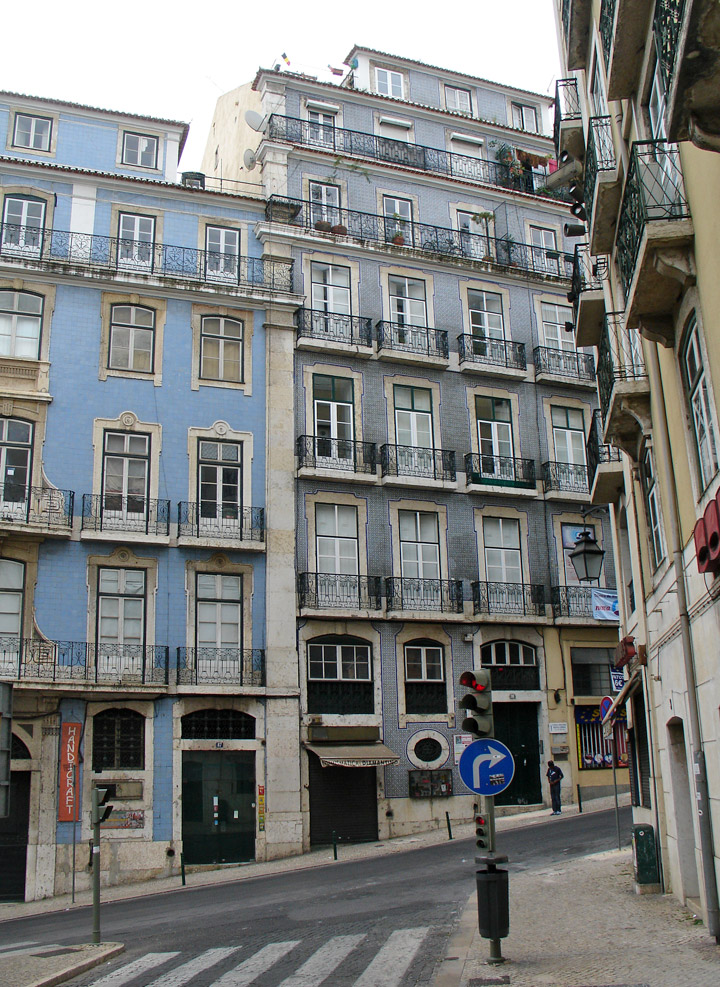
In the first years of the 19th century, Portugal was invaded by the troops of
Napoléon Bonaparte and Queen Maria I and Prince-Regent João (future John VI)
temporarily fled to Brazil. Considerable property was pillaged by the invaders.
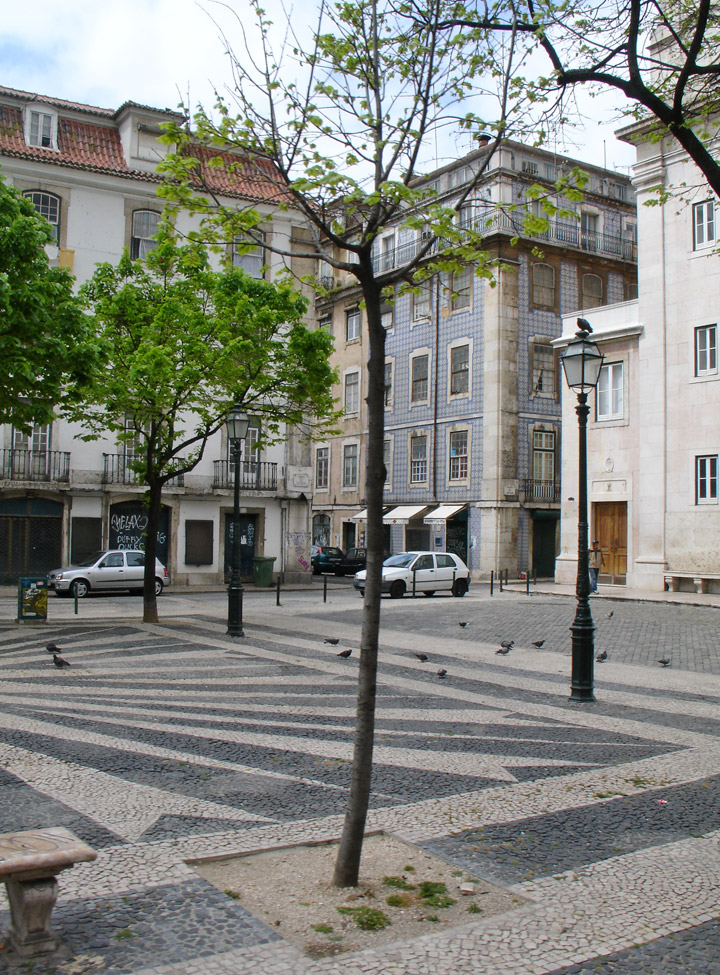
The city felt the full force of the Portuguese liberal upheavals, beginning its
tradition of cafés and theatres. In 1879 the Avenida da Liberdade was opened,
replacing a previous public garden.
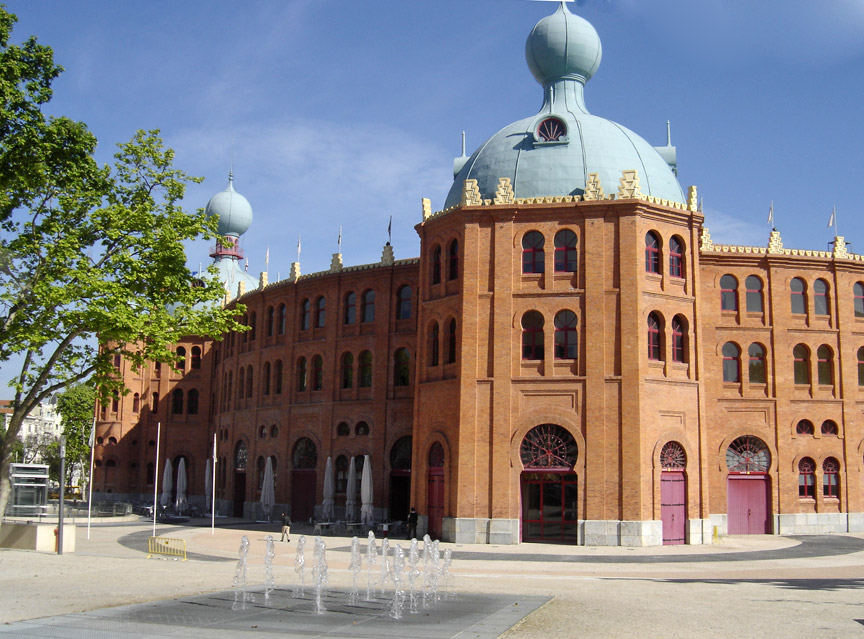
the bullring
Lisbon was the centre of the republican coup of October 5, 1910 which instated the Portuguese Republic. Previously, it was also the stage of the regicide of Carlos I of Portugal (1908).
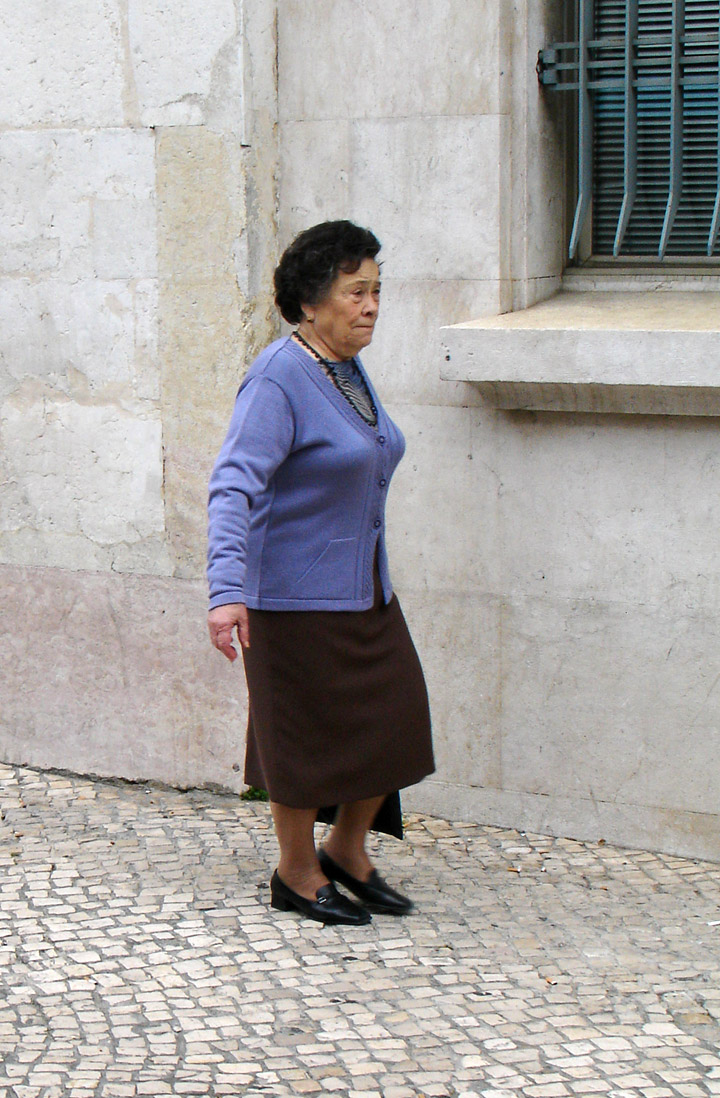
The city refounded its university in 1911 after centuries of inactivity in
Lisbon, incorporating reformed former colleges and other non-university higher
education schools of the city (such as the Escola Politécnica). Today there are
3 public universities in the city (University of Lisbon, Technical University of
Lisbon and New University of Lisbon) and a public university institute (ISCTE) -
see list of universities in Portugal.
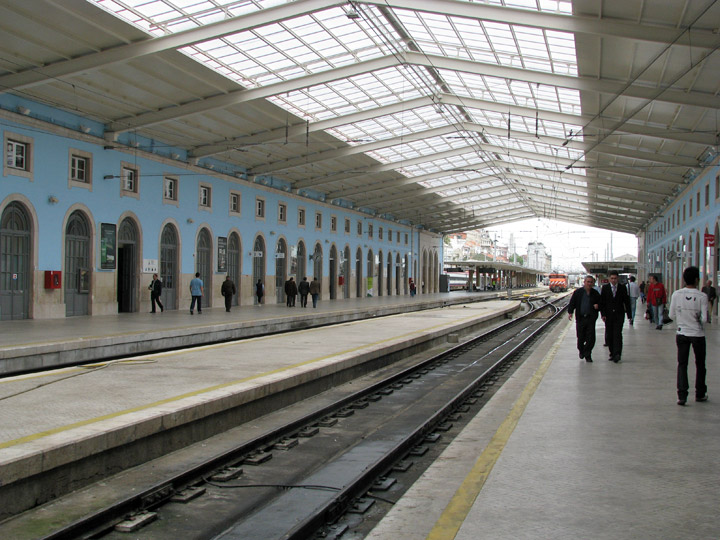
During World War II Lisbon was one of the very few neutral, open European
Atlantic ports, a major gateway for refugees to the U.S. and a spy nest.
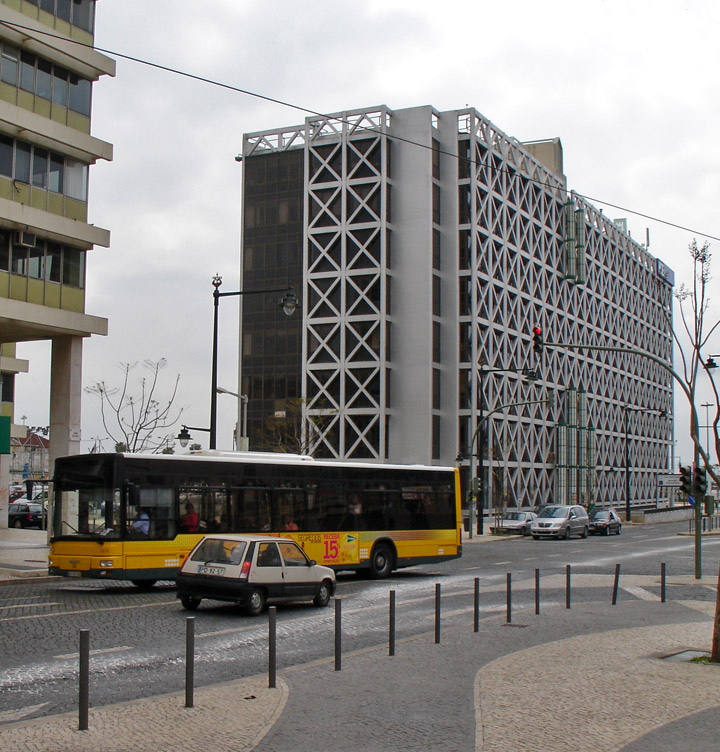
In 1974, Lisbon was the central destination point of the Carnation Revolution
maneuvers, the end of the Portuguese Corporative Regime (Estado Novo).
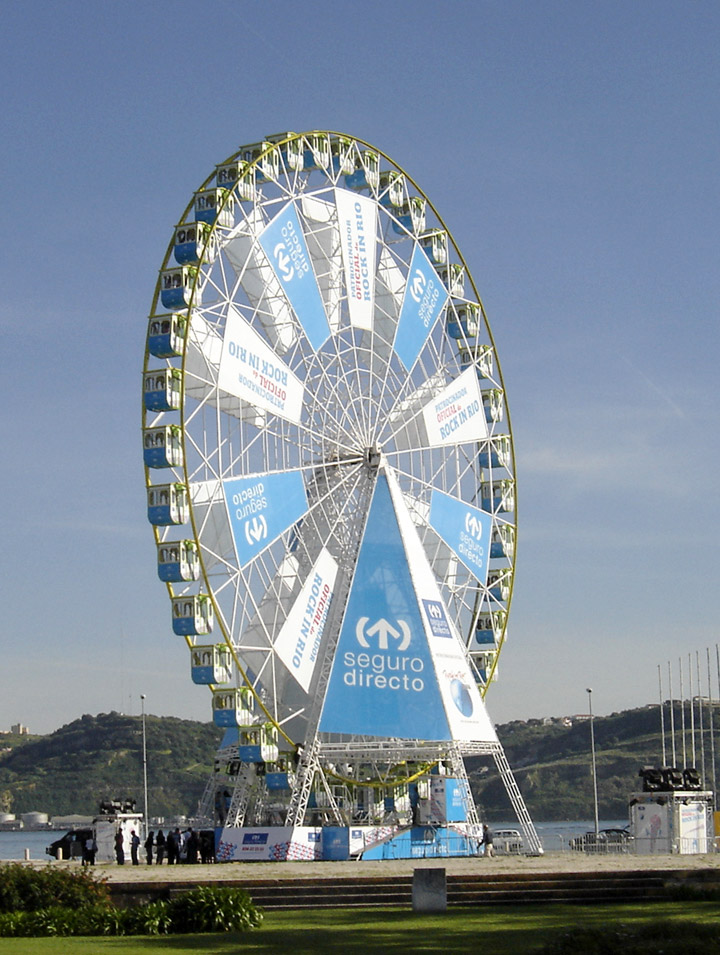
In 1988, a fire near the historical centre of Chiado greatly disrupted normal
life in the area for about 10 years.
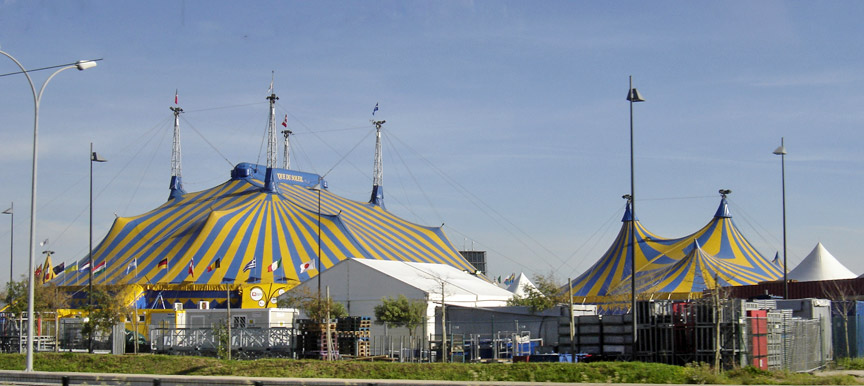
In 1994, Lisbon was the European Capital of Culture.
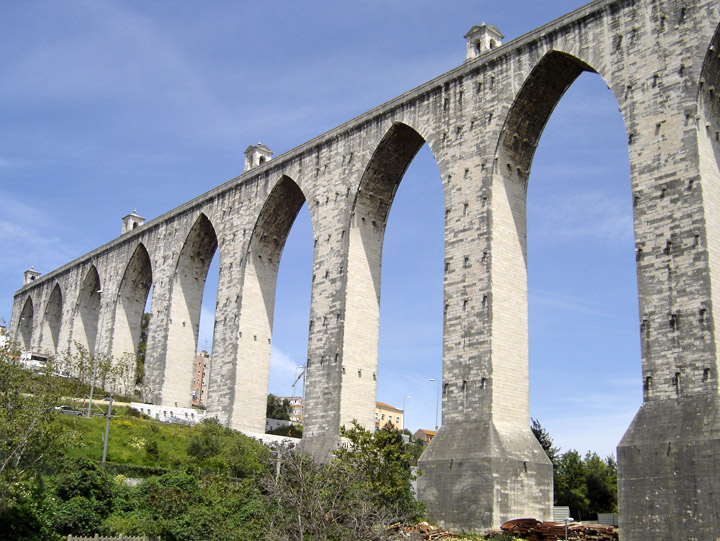
aqueduct
Expo '98 was held in Lisbon. The timing was intended to commemorate the 500th anniversary of Vasco da Gama's sea voyage to India. It was considered by the Bureau of International Expositions the best world expo ever.
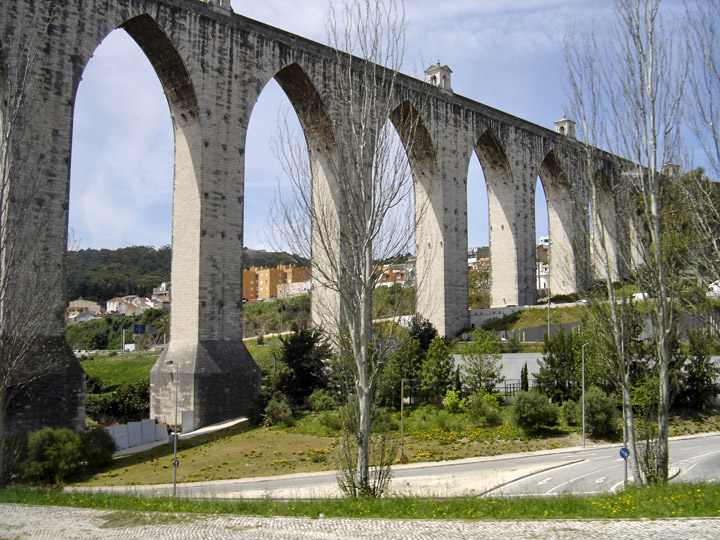
The Lisbon Agenda was a European Union agreement on measures to revitalize the
EU economy, signed in Lisbon in March 2000.

mascot of the 1998 exposition
Every March the city hosts the world-famous Lisbon Half Marathon, one of the most attended events of its kind in the world.
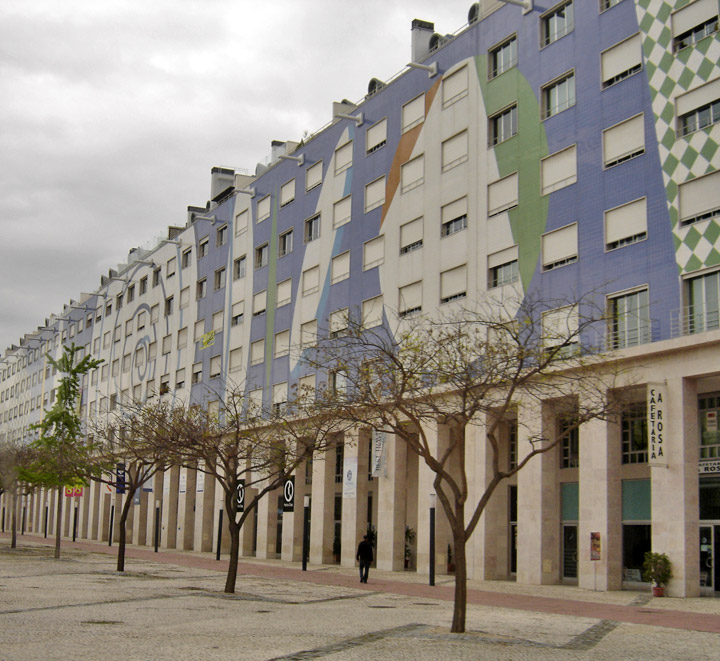
It regularly hosts countless other international events including various NATO,
European Union and other summits.

In 2004, Portugal organised the soccer Euro cup, Luz and Alvalade stadiums held
some of the games.
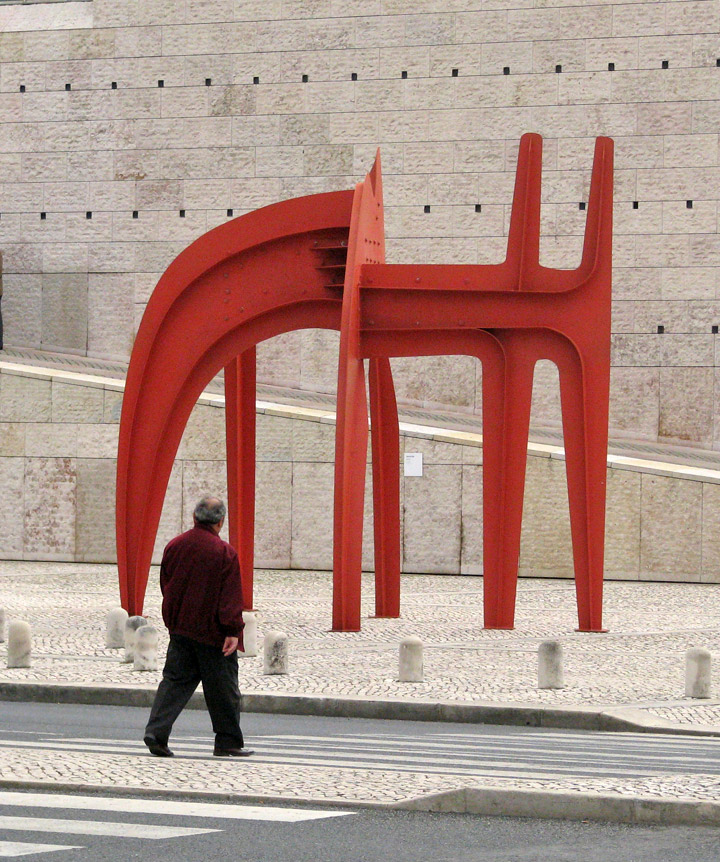
Rock in Rio, known for being the biggest pop-rock festival in the world with an
attendance that can reach 100 000 people, was held in Lisbon twice (2004 and
2006) and will continue in the city for some years, hosting concerts of many
high profile singers and bands, such as Anastacia, Metallica, Shakira, Guns N'
Roses, Roger Waters, Britney Spears, Red Hot Chili Peppers and many more.
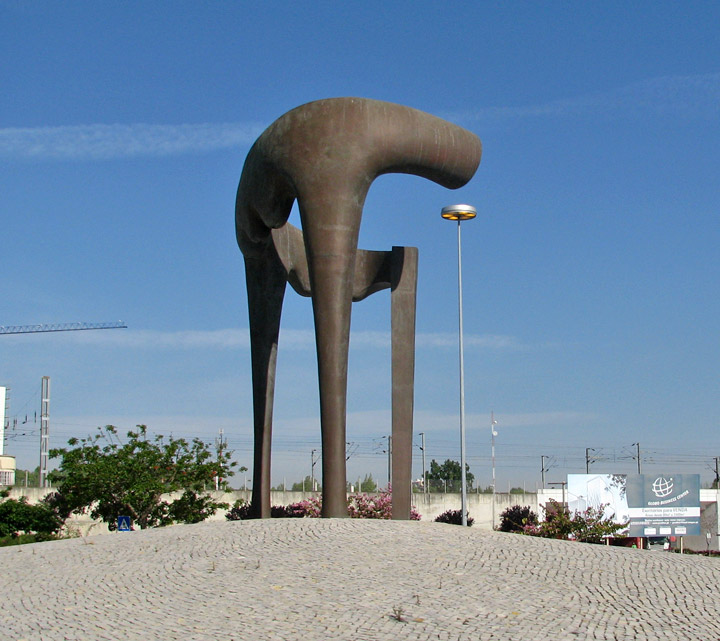
In January 2006 and 2007, Lisbon was the starting city of the Dakar Rally.

On the 7 July 2007, Lisbon held the ceremony of the "New 7 Wonders Of The World"
election, in Luz stadium, with live transmition for millions of people all over
the world.
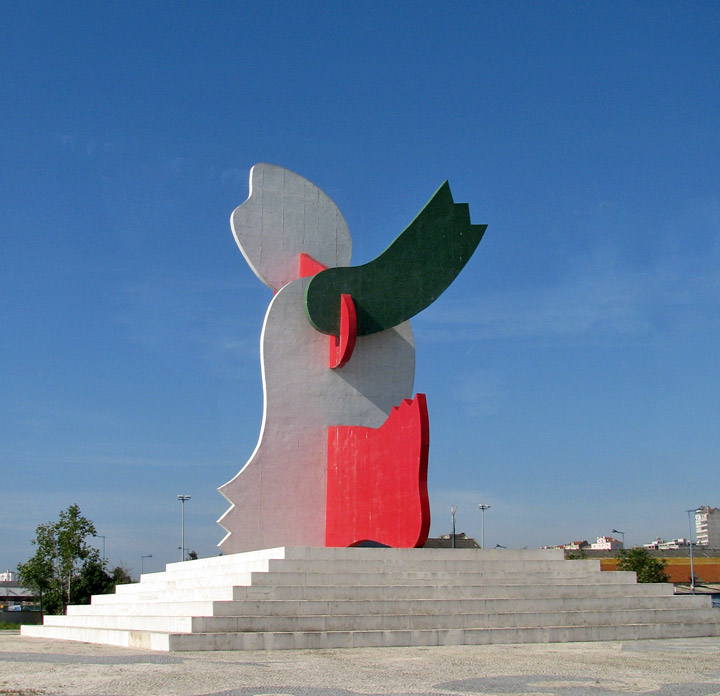
On the 18 and 19 October 2007 Lisbon held the 2007 EU Summit, where agreement
was reached regarding the Union governance model. The Treaty of Lisbon was
signed on the 13 December 2007.
Text from Wikipedia